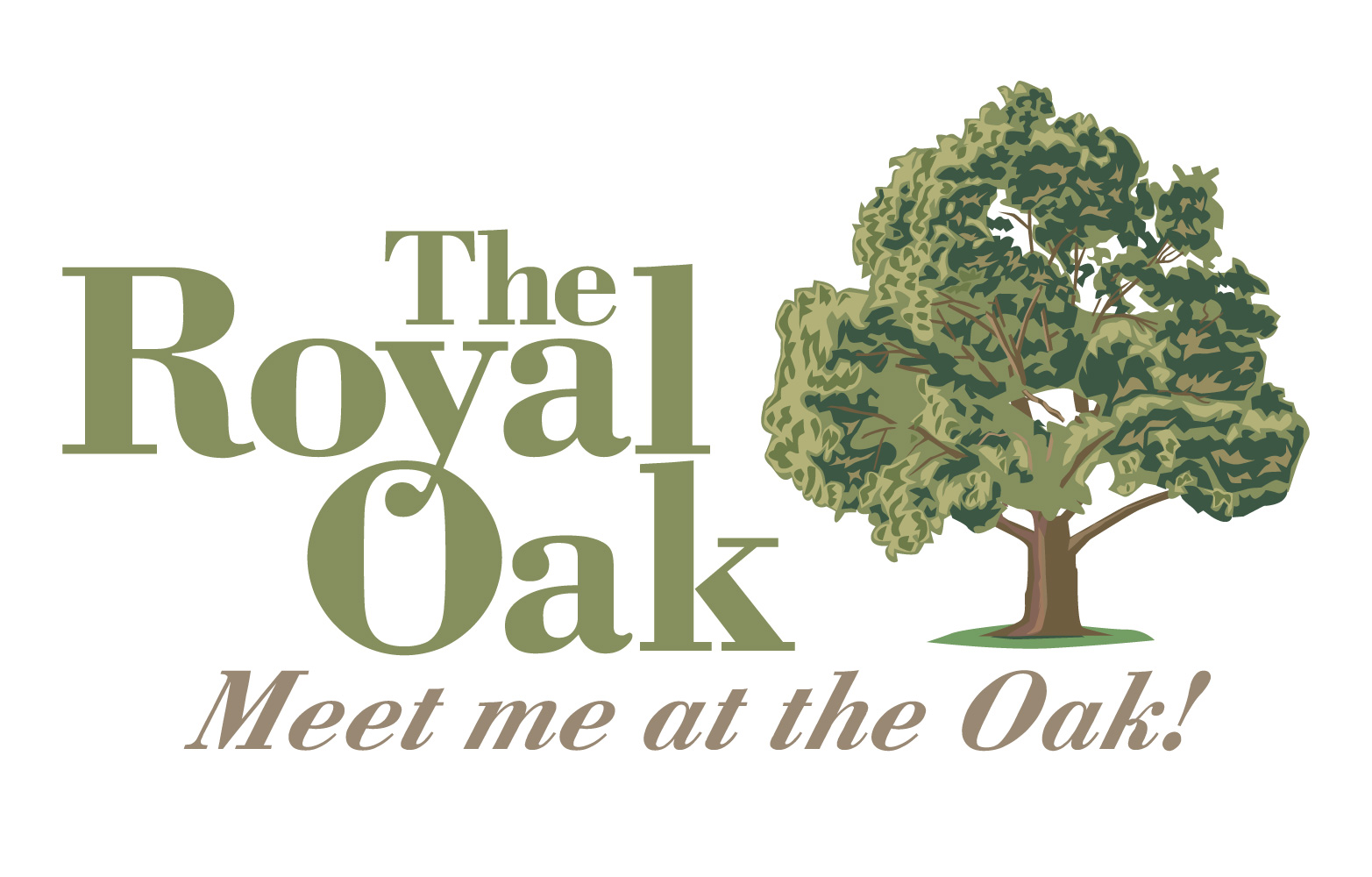Parity Podcast Episode 402
Forums:
With registration (finally) behind us, it's time to turn our attention to fake money! The imaginary pay scale has been re-imagined slightly to help balance out the effects that our on-field antics have on our salaries, hopefully bringing them more in-line with our actual worth.
Joined again this week by Commissioner Hadrian who breaks down the changes that have been hiding in plain site at https://www.ocua.ca/Parity-League and how we'll be affected by them.
https://soundcloud.com/user-640277634/parity-podcast-episode-402/s-vVZfA












Christopher Keates
Tue, 2019-10-01 16:34
Permalink
Context on numbers.
So Bush and I (mostly Bush) did analyze things, and it did drove some of the decisions on numbers. For example, over time and with enough data it turned out that for every turnover your team has, the other team gets ~0.5 goals. For this reason, turns were generally left to $5000 for drops and throw aways. Adjusting the drop/throwdrop numbers to get in line with that is a good thing, and supported by numbers.
Similarly, the league averaged about 10 completions to a goal. Ergo, 1 touch is worth 1/10th of a goal, which is why catches were left at $1000.
However, there's two funny side effects we didn't really look at or care about that Hadrian's math actually addresses.
1: a goal is not just a goal, it is also an assist and optionally a second assist. It works out to $20000 or $28000. Turnovers are way less than 0.5 goals worth of salary. This is probably a good thing, it drives salary up faster (and because Parity is a socialist utopia of a sports league, it means we all make more money before Kevin ultimately steals it). It also means more chances for positive salary events, which helps keep Parity from being a zero-sum game where there most be both salary winners and salary losers. A rising tide lifts all boats, after all.
2: a touch is not just a touch. It is a catch and then most often a completion. Each of those events is $1000, which means every completion is actually worth ~$2000. If there are an average of 10 completions to a goal, that means the salary ratio is actually $20000 for completions to $10000 for the goal itself. This might seem more reasonable based on #1, but it definitely drove value for touches up, and not necessarily in line with outcomes. Hadrian's adjustments to drop these events to $500 addresses this (10 touches is now $10000, which is about a goal), which makes intuitive sense.
The league also first had an escalator based on team +/-, and it was initially $1000. If you won by 3, everyone on the team used to get 3 x 1000 as "bonus" salary. If you lost by 3, you lost 3 x 1000 in salary. This ultimately did not have the effect we expected (Bush and I and again it was mostly Bush doing the math) realized it was zero-sum, a drop in the salary bucket, but also painted all players on a successful team with the same brush when that might not be the case. It didn't work so we scrapped it.
Hadrian's done a bunch of good work on this. Salary should still rise, players should see fewer negative salary games, events are a bit more in line with their relative worth, and the performance based escalators make sure successful players and teams are balanced relative to outcome, not how they play. Now you can be expensive if you play like Geofford OR Jessie, and efficient (read: good or arguably unbalanced) teams shouldn't have a salary advantage.
EDIT: the break bonus finally attempts to tie salary to defense! Possibly too late for Donahue to really shine, as he's past his prime, but I would like to honorarily call that stat "The Donahue."
So, bravo! Job well done.
Hadrian Mertins...
Tue, 2019-10-01 16:57
Permalink
Kudos to the founders
Thanks Keates! I was remiss not to acknowledge the people that got the salary calculation to where it is today. Keates and Bush especially deserve a lot of credit for developing a formula that has worked so well for so many years.
Christopher Keates
Tue, 2019-10-01 16:59
Permalink
Matt Masse and CC as well.
Parity doesn't exist without both of them.